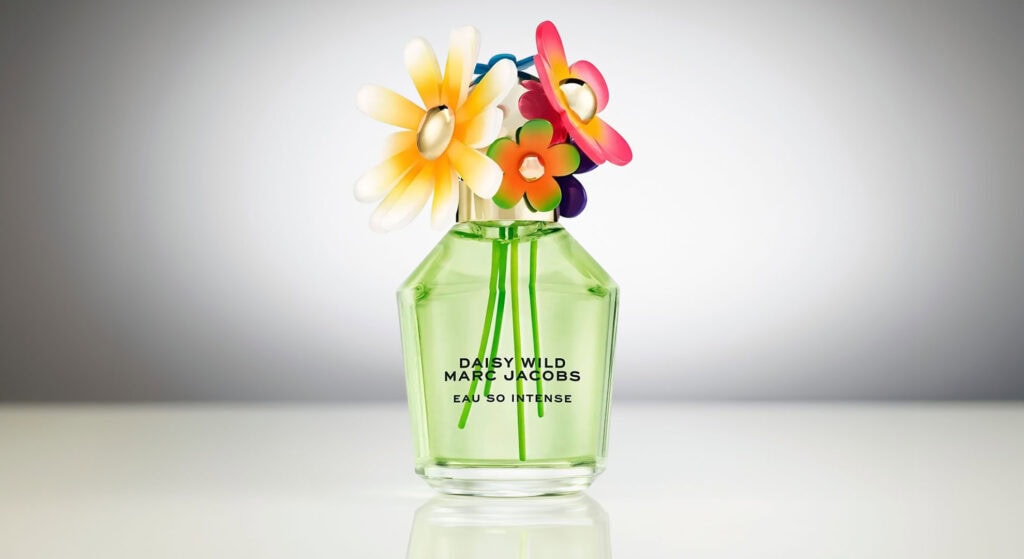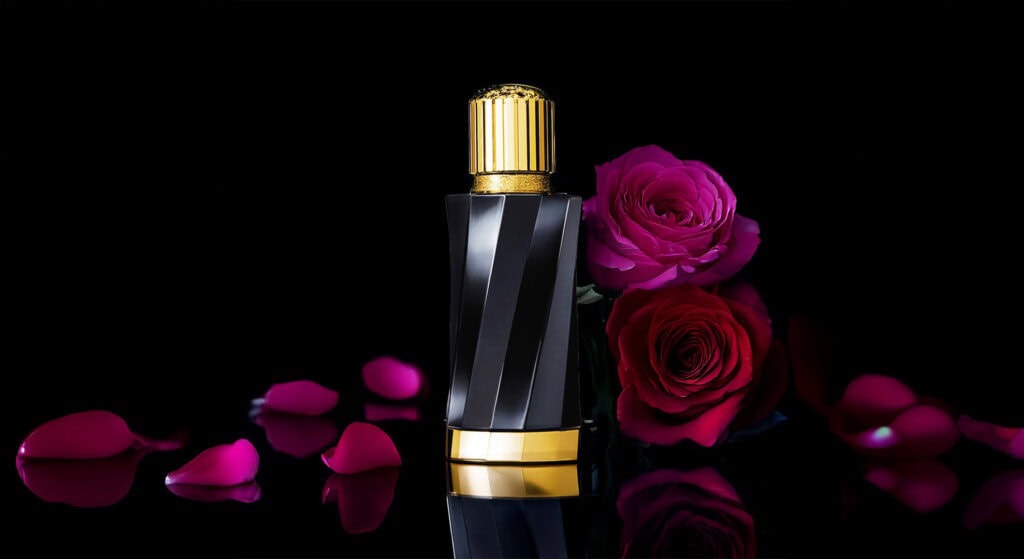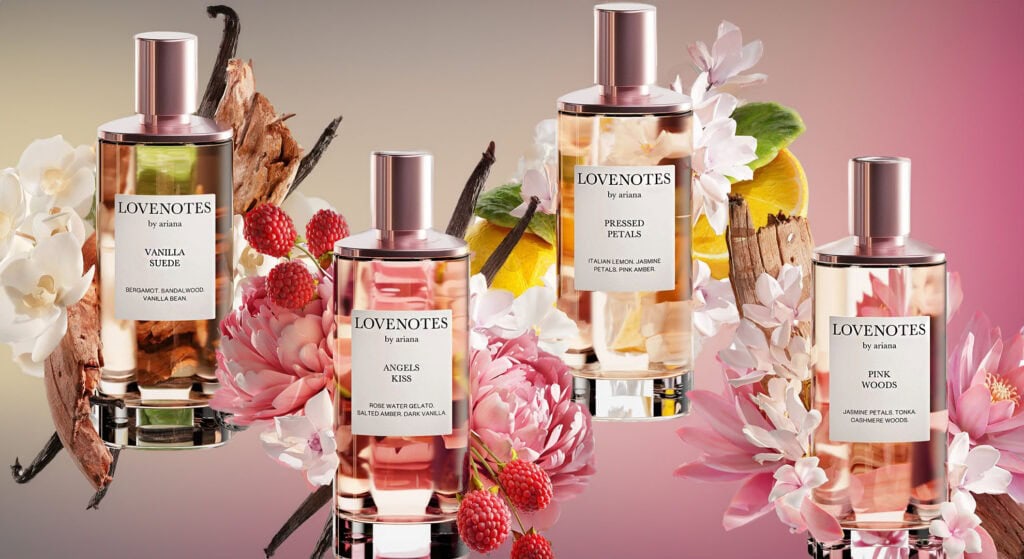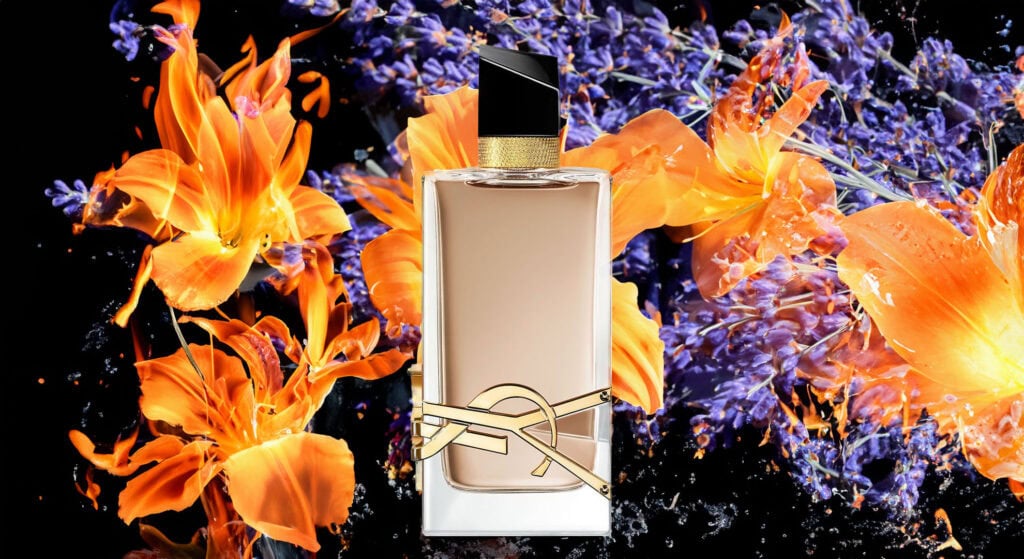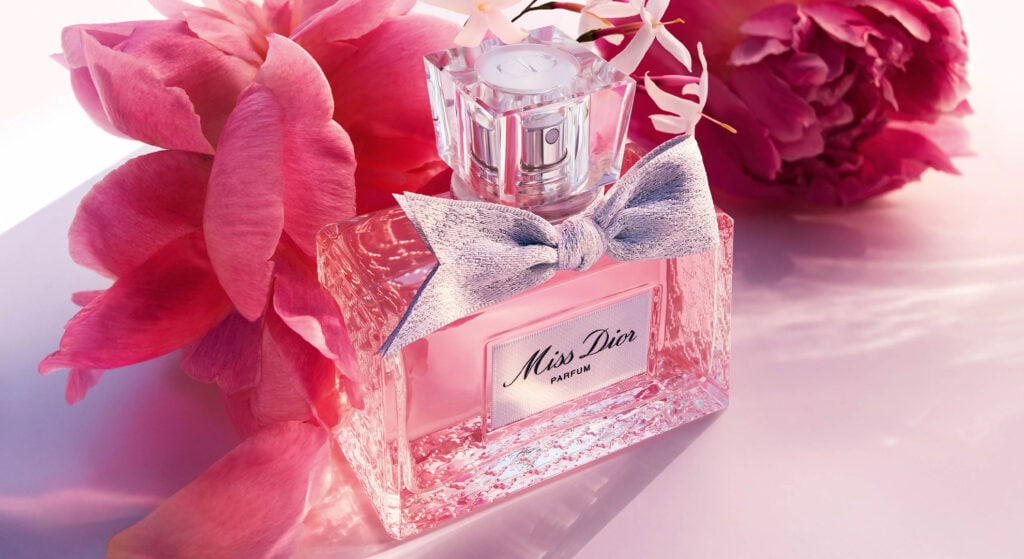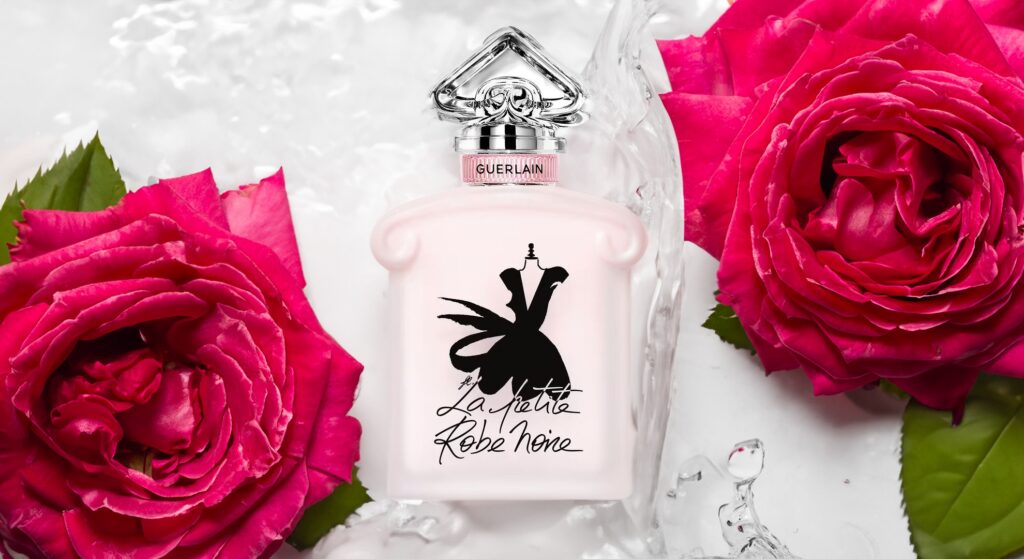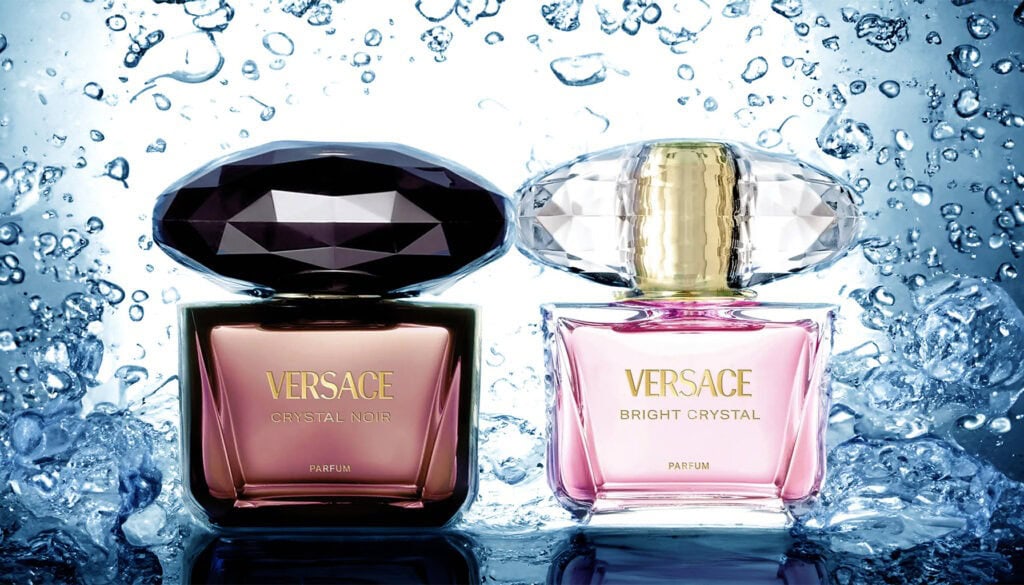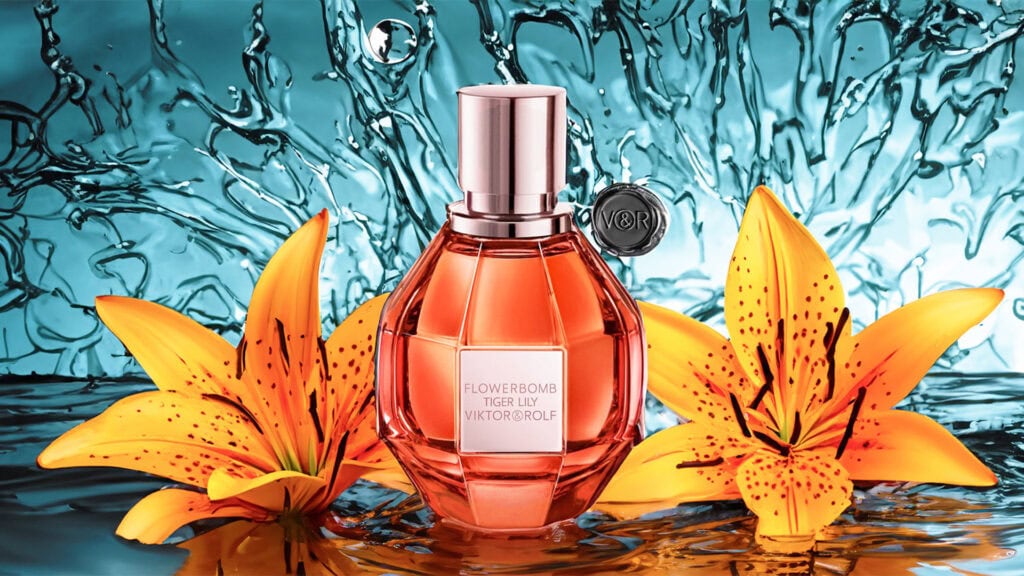The Art of Floral Notes in Perfumery: From Extraction to Blending and Iconic Scents
Floral scents have always been a fundamental aspect of the art of creating perfumes, adding a feeling of sophistication, romance, and vitality to numerous scents. Every flower has its own distinct aroma, ranging from the gentle powderiness of iris to the luxurious richness of rose, and the vibrant sweetness of jasmine. This investigation focuses on the methods of extracting floral essences, the complex process of combining them with other scents, and the perfumes that highlight floral notes the best.
The Extraction of Floral Essences
Capturing the delicate fragrance of flowers is a meticulous process that requires skill and precision. Several techniques are employed to extract the purest essence from these blooms:
- Steam Distillation: One of the most traditional methods, steam distillation is used to extract essential oils from flowers like rose and lavender. Fresh flowers are exposed to steam, which helps to release their volatile compounds. As the steam cools, the essential oil is separated from the water, yielding a pure floral essence that captures the true character of the bloom.
- Solvent Extraction: For more delicate flowers like jasmine and tuberose, solvent extraction is often preferred. The flowers are soaked in a solvent that dissolves their aromatic compounds, creating a concentrated mixture called a concrete. This concrete is further processed to obtain an absolute, which is a highly concentrated and pure form of the flower’s scent.
- Enfleurage: An ancient and rare technique, enfleurage involves placing delicate flowers, such as jasmine or gardenia, on glass plates coated with a layer of fat. The flowers release their oils into the fat over time, and the process is repeated with fresh flowers until the fat is saturated with the floral fragrance. The fat is then washed with alcohol to separate the fragrant oils, producing an absolute.
- CO2 Extraction: This modern technique uses supercritical carbon dioxide to extract the fragrant compounds from flowers. It’s a method that preserves the most delicate and nuanced aspects of a flower’s scent, resulting in a pure, vibrant essence that is highly prized in high-end perfumery.
Blending Floral Notes in Perfumery
Floral notes are incredibly versatile, able to blend harmoniously with various other fragrance families. The art of combining these delicate aromas with other notes creates compositions that range from light and airy to deep and sensual.
- Floral Bouquets: Combining multiple floral notes can create a rich and layered bouquet that captures the essence of a lush garden. A well-crafted floral bouquet might mix the softness of lily of the valley with the brightness of orange blossom and the depth of rose. Dior’s J’adore is a quintessential example of a floral bouquet, where jasmine, rose, and ylang-ylang intertwine to create an opulent yet fresh scent.
- Floral and Fruity Combinations: Floral notes often pair beautifully with fruits, where the sweetness of the fruit enhances the natural sweetness of the flowers. This combination results in fragrances that are lively and feminine, perfect for spring and summer. Marc Jacobs Daisy blends violet and jasmine with strawberry and grapefruit, creating a playful and youthful fragrance.
- Floral and Woody Scents: The earthiness of wood notes can ground the lightness of florals, adding depth and sophistication. When paired with sandalwood, cedar, or vetiver, flowers like iris or violet become more nuanced and complex. Chanel’s Coco Mademoiselle is a classic example, where jasmine and rose are elegantly balanced by patchouli and vetiver.
- Floral and Spicy Accords: Spices like pepper, cardamom, and cinnamon add an unexpected twist to floral perfumes, making them more intriguing and sensual. The warmth of the spices enhances the richness of the floral notes, creating a scent that is both bold and elegant. Yves Saint Laurent’s Opium combines jasmine and carnation with spices like clove and myrrh, resulting in a fragrance that is both exotic and timeless.
- Floral and Gourmand Blends: Flowers can add a light, romantic touch to gourmand perfumes, where notes like vanilla, chocolate, and caramel are prominent. This combination creates a fragrance that is both sweet and sophisticated. Lancôme’s La Vie Est Belle blends iris and jasmine with a praline accord, resulting in a fragrance that is as delicious as it is elegant.
Iconic Perfumes Featuring Floral Notes
Certain perfumes have become iconic for their masterful use of floral notes, each showcasing the unique beauty and versatility that flowers can bring to a fragrance.
- Dior J’adore: A modern classic, J’adore is renowned for its luxurious floral bouquet, blending ylang-ylang, rose, and jasmine. The result is a scent that is both opulent and fresh, embodying the essence of femininity.
- Chanel No. 5: Perhaps the most famous floral perfume of all time, Chanel No. 5 is an iconic blend of rose and jasmine, softened by aldehydes and a touch of vanilla. It’s a timeless fragrance that has defined elegance and sophistication for decades.
- Gucci Bloom: A more recent addition to the world of floral perfumes, Gucci Bloom captures the scent of a thriving garden with notes of tuberose, jasmine, and Rangoon creeper. It’s a lush, vibrant fragrance that celebrates the beauty of flowers in full bloom.
- Estée Lauder Beautiful: A classic romantic fragrance, Beautiful is a rich bouquet of rose, lily, and marigold, with a hint of orange blossom. It’s a scent that has long been associated with weddings and special occasions, embodying timeless romance.
- Tom Ford Black Orchid: A dark and sensual take on floral fragrances, Black Orchid combines black truffle, ylang-ylang, and blackcurrant with rich floral notes. The result is a bold, luxurious fragrance that is both mysterious and alluring.
There are countless possibilities in perfumery with floral notes, ranging from delicate and ethereal to rich and intricate. Flowers, whether they are the focal point of a scent or adding depth to other elements, possess a timeless charm and sophistication that still fascinates and motivates. Floral notes, when skillfully used by a perfumer, have the ability to bring forth various emotions and memories, making them a necessary addition to the collection of anyone who loves fragrances.


